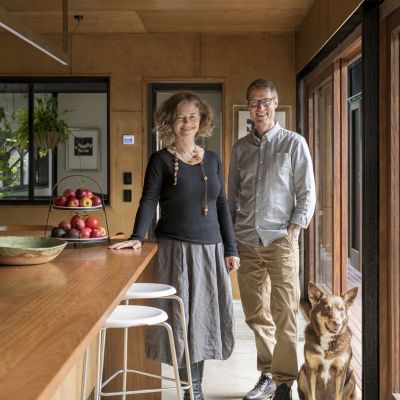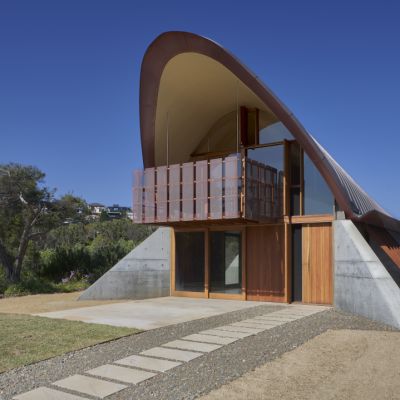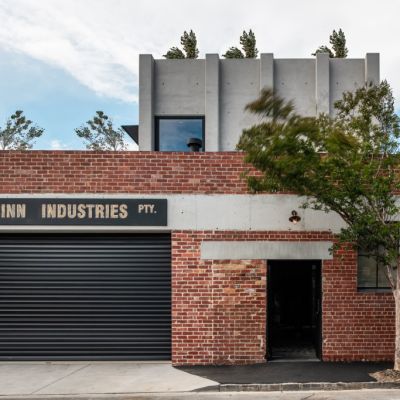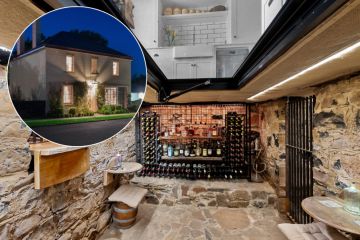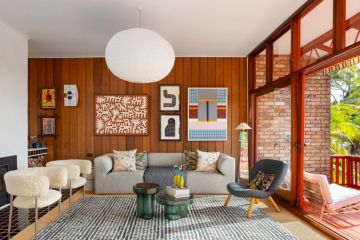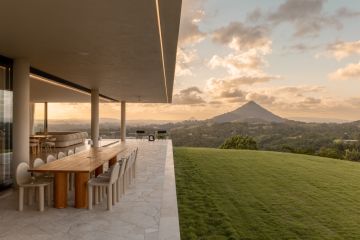From public CBD corridor to grand design statement in just 50 square metres
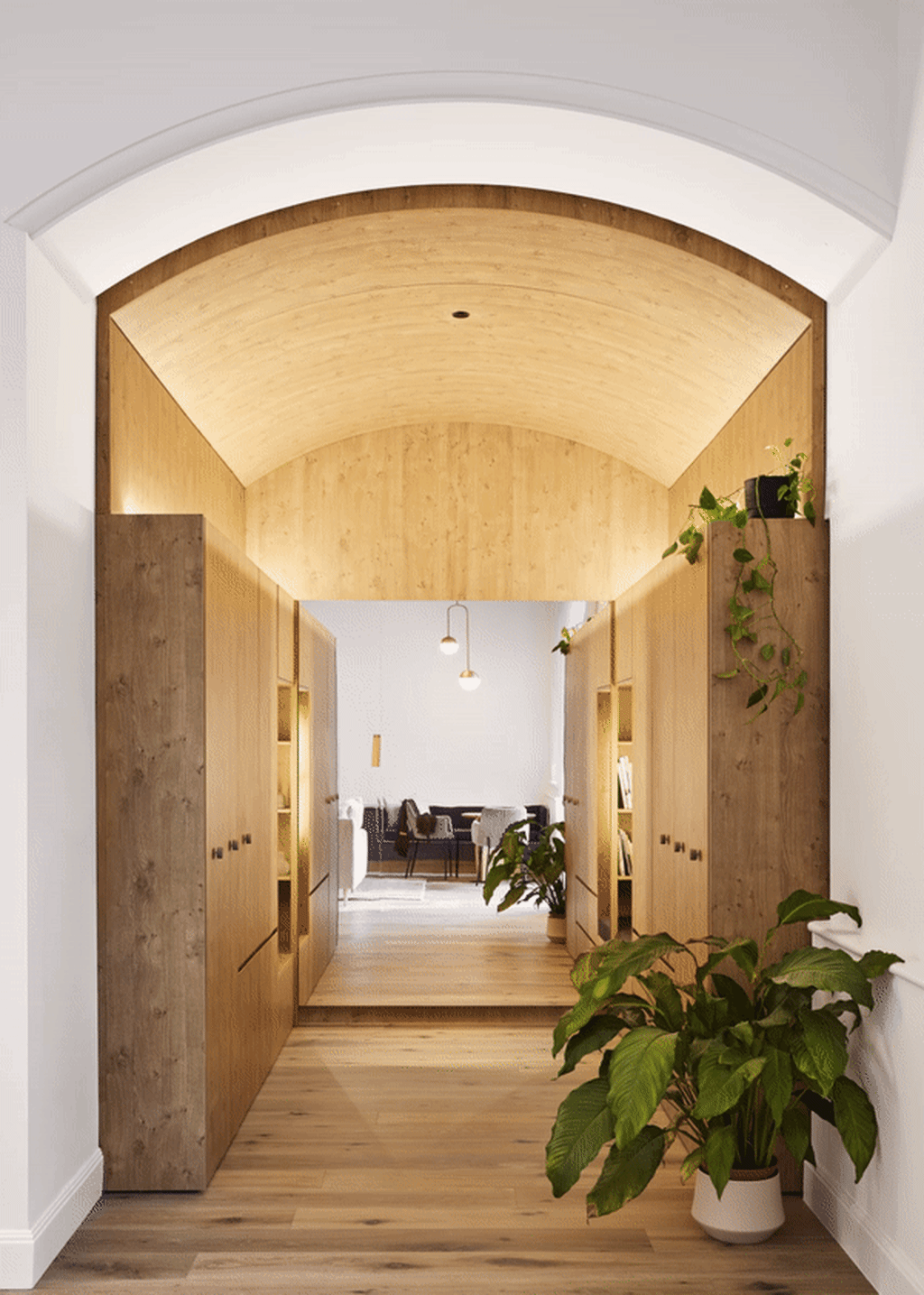
When spaces in once-commercial buildings are carved up for conversion to residential, a hierarchy of really good, goodish, and not-so-good apartments is an inevitable outcome because in structures not purpose-made as human habitat, compromise is a major design dynamic.
What tsai Design recently tackled as a reconversion project in the semi-basement stratum of one of central Melbourne’s grandest Victorian era buildings could be described as redoing a unit that was probably the runt of the litter when the 1893 Victorian Railway Offices were converted in the late 1990s.
Within the Renaissance Revival building in Spencer Street that became apartments, and at its eastern end The Grand Hotel Melbourne, the one-bedroom unit was made out of what Jack Chen says “was the end of a public corridor”.
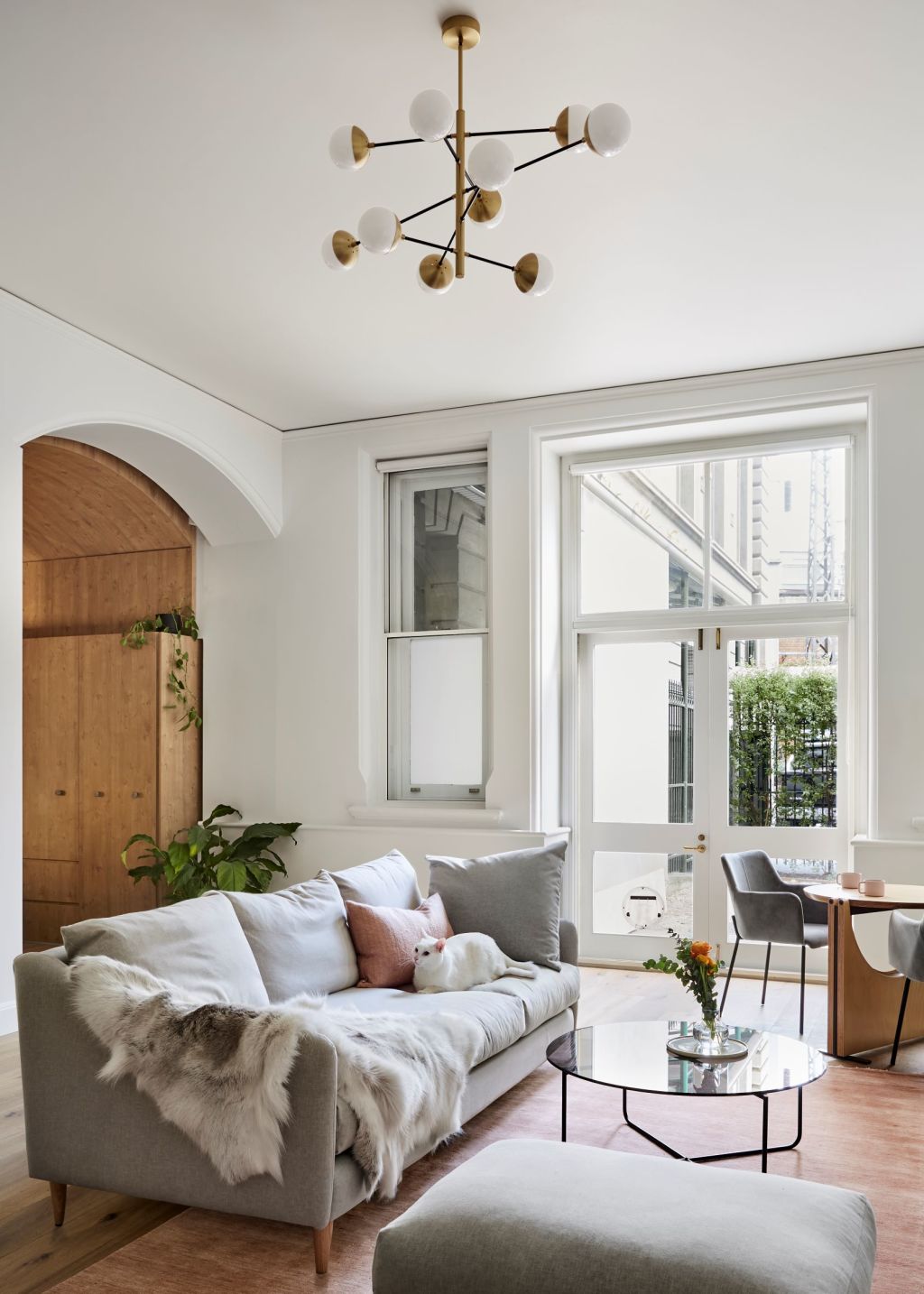
“It was the left-over space between offices and was awkward to say the least.”
At only 50 square metres, the first re-adaption had inserted a partition wall between the living and the bedroom areas, and had put a lowered false ceiling in to hide the corridor arch that became the windowless kitchen galley.
According to the designer commissioned for the remodelling job, who is forging quite a name for his mastery in making super small spaces liveable, “it would have been like waking up in an underground corridor”.
But for a client who doesn’t much use kitchen amenity because there are so many eateries on her doorstep, Chen could see some deft changes that would make the most of the original 3.2-metre ceiling height, the tall windows and door onto a communal terrace, and reveal again the lovely curve of the arch.
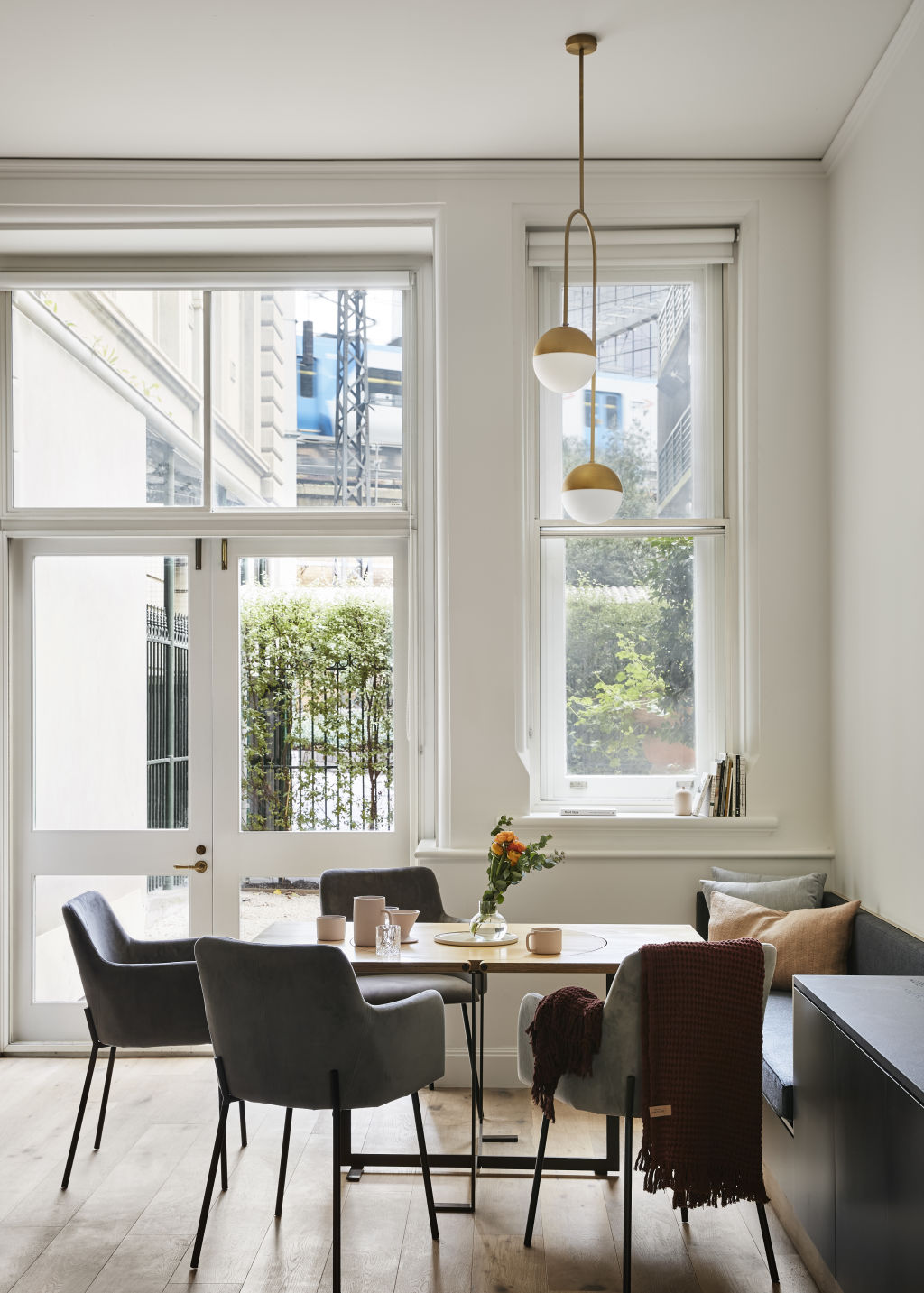
Having already formed a partnership with a brilliant cabinetmaker, Mr Lee of Lee Cabinets who otherwise does top-end hotel work, and with a precision-focused builder Q Spaces Melbourne, the makeover team was able to maximise their skills – that Chen says came down to adjusting for tolerances of one millimetre – to achieve a quite lovely new fit-out.
The main move was to swap out the kitchen and turn it into an alcove for a Murphy bed that flips up when not in use to reveal “a luxe factor full-height mirror” which reflects the living/kitchen space back on itself.
The cabinetry cosies right up to the queen-sized bed and those fittings are wardrobes and open storage shelves because when the bed is out of the way, the alcove – which appears to be timber-lined but is, in fact, covered with a Japanese laminate that appears to be oak – becomes the walk-in dressing room.
Getting two or more spaces for the price of one is an identifiable Jack Chen strategy.
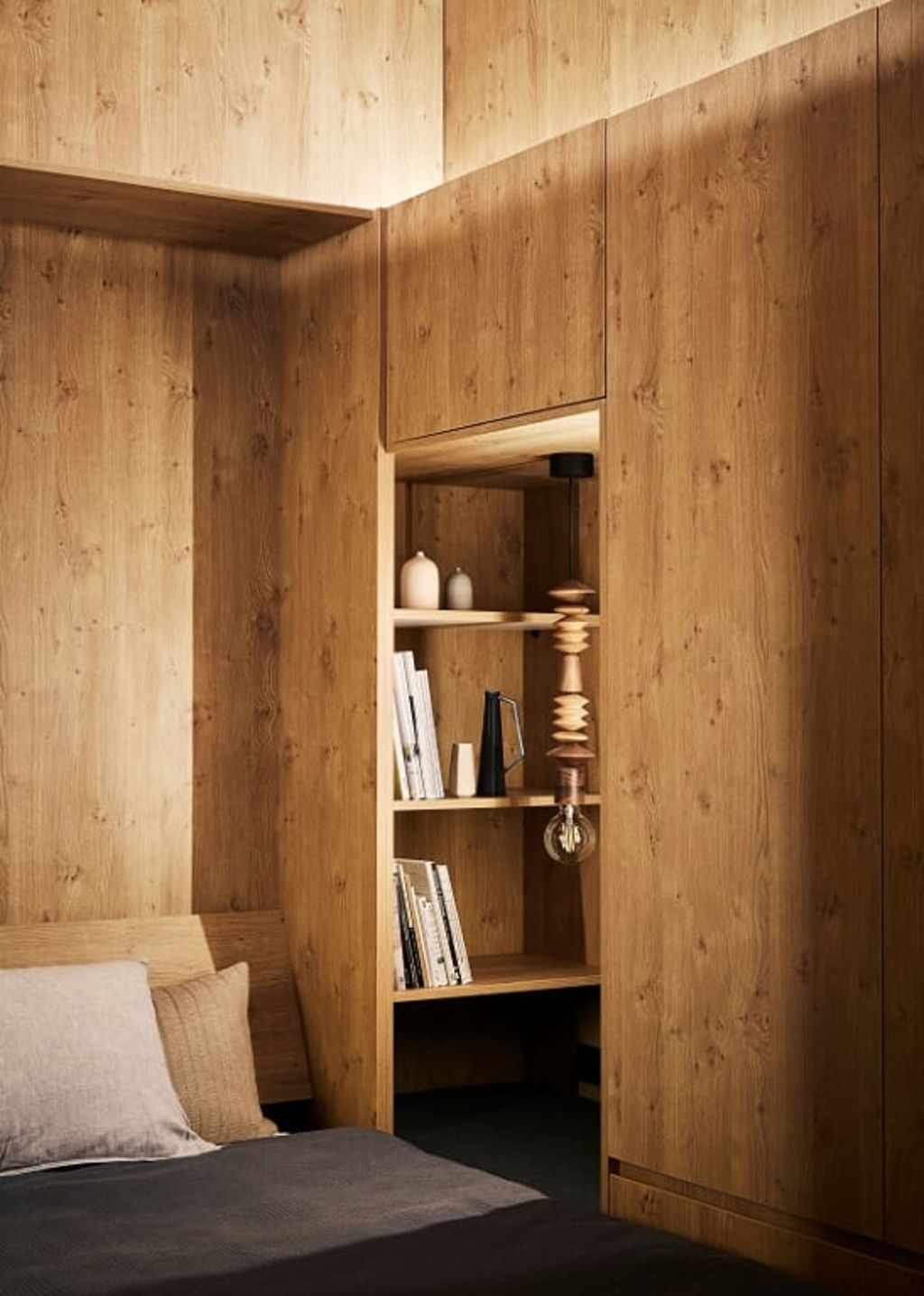
Many other moves were about speciously extending space. The cabinetry and Corian benching that curves around a wall and slips through into the small bathroom “to become the vanity top, gave us an eight-metre long seamless connection”.
Along the opposing wall is the fitted window seat/banquette that become the television-concealing credenza which, as an all-in unit, “hopefully looks very simple,” Chen says.
While “it was a struggle to fit everything into this space … and is definitely not easy because it takes a lot of back and forth”, and even further entailed “each panel being made and assembled separately and in an old building where nothing is straight”, it shows what happens when Chen is in an architectural happy place “that really stretches me”.
Now, add to the undoubted charm of the Small Grand Apartment one more element deserving of attention.

The drop leaf table that is contrived by Chen and built by Stuart Innes from Finnes Building Group, is a clever solution to the client’s request for a two-place round table that would convert into a six-seater square table for the few days a year when she entertains groups in house.
“We know there are heaps of drop leaf tables but we gave ourselves the challenge to make one that coverts a square to the feel-good factor or a round table. The easy part was the table top. The hard part was the legs and making sure it was steady”.
We recommend
We thought you might like
States
Capital Cities
Capital Cities - Rentals
Popular Areas
Allhomes
More
